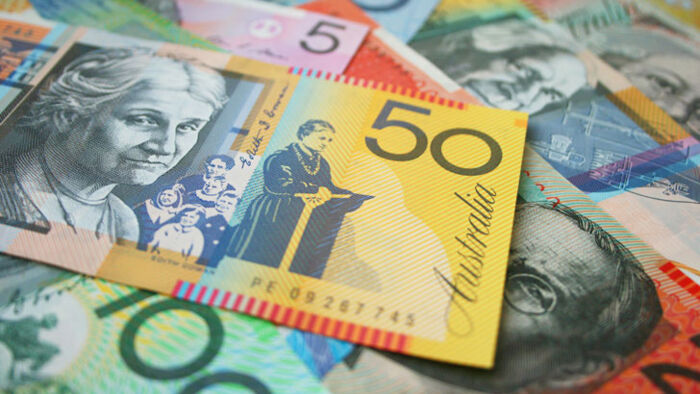The banks that are offering the best savings accounts
By Tom Watson
It's been a tough few years for Australian savers who, until very recently, have had to endure a period of historically low interest rates and relatively meagre returns on their balances.
Not anymore though. Thanks to eight consecutive cash rate hikes from the Reserve Bank since May, savings account rates have increased so quickly that they are now at their highest levels since 2014, an analysis by financial comparison website Mozo found.
This rapid shift is likely to have left some savers behind though, who may no longer be receiving interest rates that are quite as competitive as they were only a few months ago.
"If your savings interest rate doesn't start with a '3' then you really need to consider moving your money to a bank with a better rate," says Mozo personal finance expert, Claire Frawley.
"The cost of everything is going up and you need your savings to keep up too! Earning interest on your savings is a great way to keep your money moving in the right direction."
So which banks are offering the most generous returns for your savings?
Here are some of the highest interest rates currently available on three different types of savings accounts, and how they compare against an average rate.
Highest savings account rates - December 2022
No strings accounts
The base interest rate on a savings account is one that you'll continue to receive no matter what, which is why accounts that only offer a base rate are often known as 'no strings' savings accounts.
While the rates on these accounts aren't typically as high as those offered with bonus rate accounts, they can provide a handy set-and-forget option for savers wanting to lift their balance without much effort.
"If you are looking for an easy way to grow your savings, consider an ongoing savings rate, that doesn't have conditions," says Frawley.
Bonus rate accounts
Bonus rate savings accounts typically provide both a base rate and a 'bonus' rate which, together, form the maximum rate available. As Frawley explains, these accounts tend to be the most competitive around, though savers may have to meet one or more monthly conditions in order to activate the bonus rate such as growing their balance or making a certain number of transactions with a linked debit card.
"Bonus savings accounts are the highest on the market right now and for good reason, there are some sizable hoops that you need to jump through to qualify for that interest rate. Before signing up for a bonus account, make sure the conditions are achievable for you, even in the tougher months."
Introductory rate accounts
Unlike the first two types of savings rates which are ongoing, introductory rates typically only apply for a 3-4 month period before they expire. After that, the ongoing base rate (which is generally much lower) will begin to kick in.
"While introductory savings rates can be very appealing, it's important to look at how long that high rate lasts for and what rate you will fall back onto," Frawley says.
The outlook for savings rates in 2023
Given the relatively large rate increases passed on throughout 2022, is it possible that savings rates will continue to rise next year?
Only time will tell, but at its December board meeting the Reserve Bank did indicate that it expects to raise the official cash rate higher in 2023, which means that it wouldn't be surprising to see banks follow through with more savings account interest rate rises of their own.
"Savings rates could still climb a little more in 2023, with more and more banks offering rates starting with a '4' but it's probably unlikely that we will see savings rates over 5.00%," says Frawley.
"In comparison to the start of the year, there's some real competition in savings rates right now, so this could lead some to push rates even higher in 2023."
For more savings account options, take a look at Money's Best of the Best 2023 award winners in the Best Children's Savings Accounts and Best Everyday Savings Accounts categories.
Get stories like this in our newsletters.



